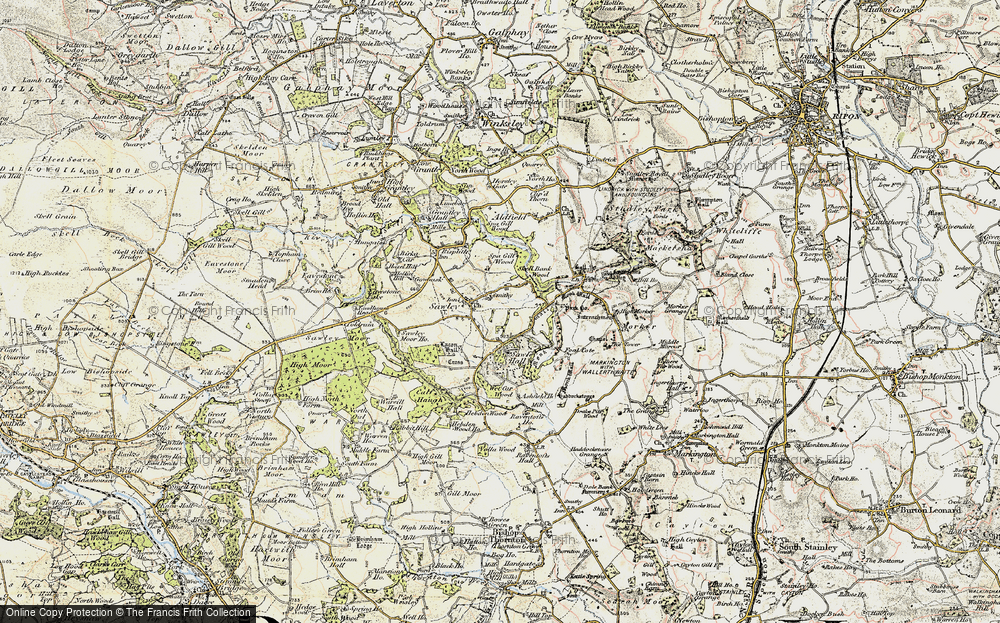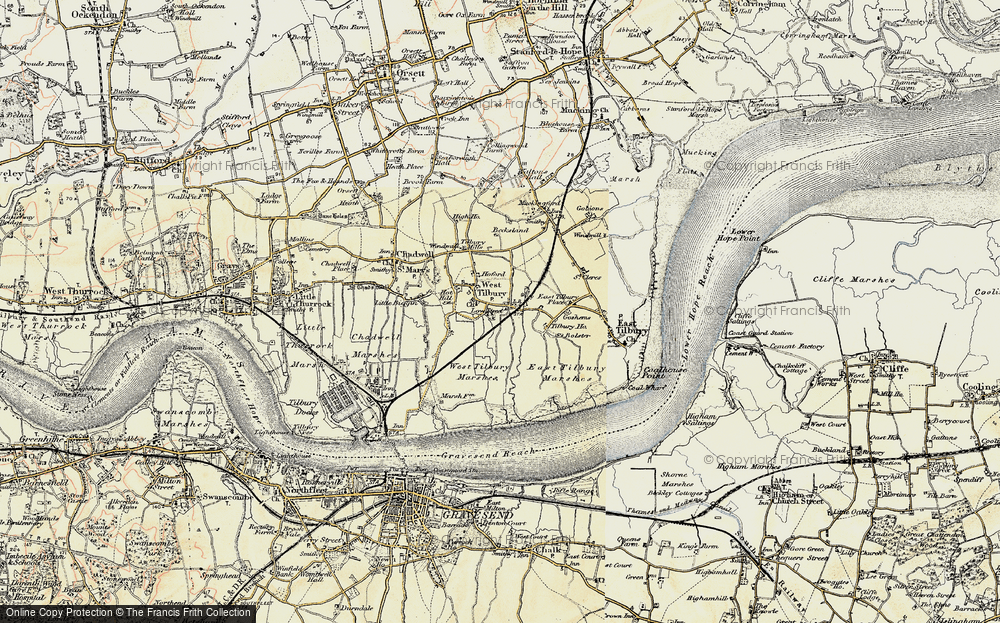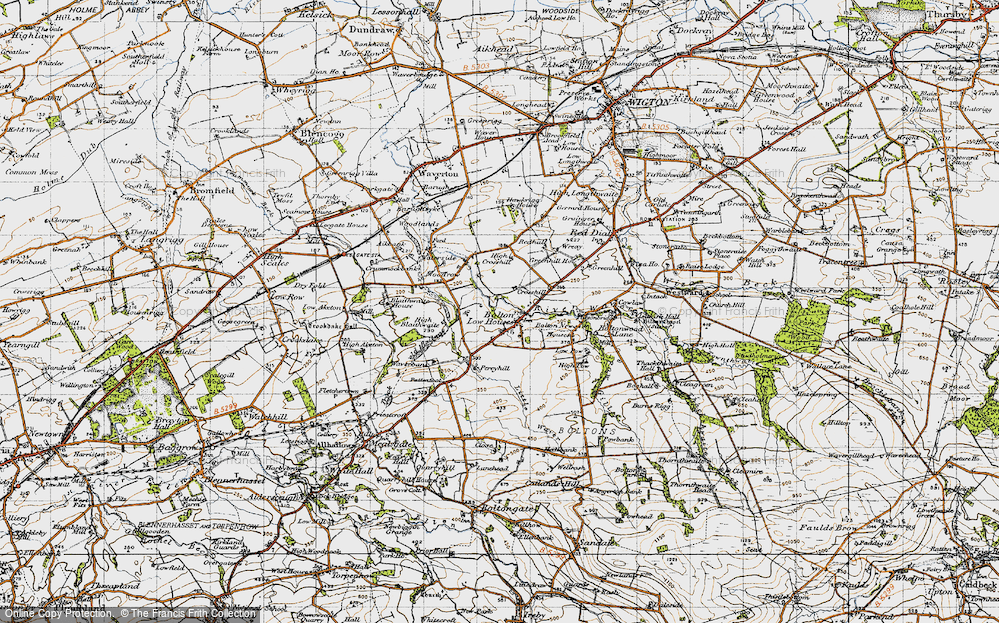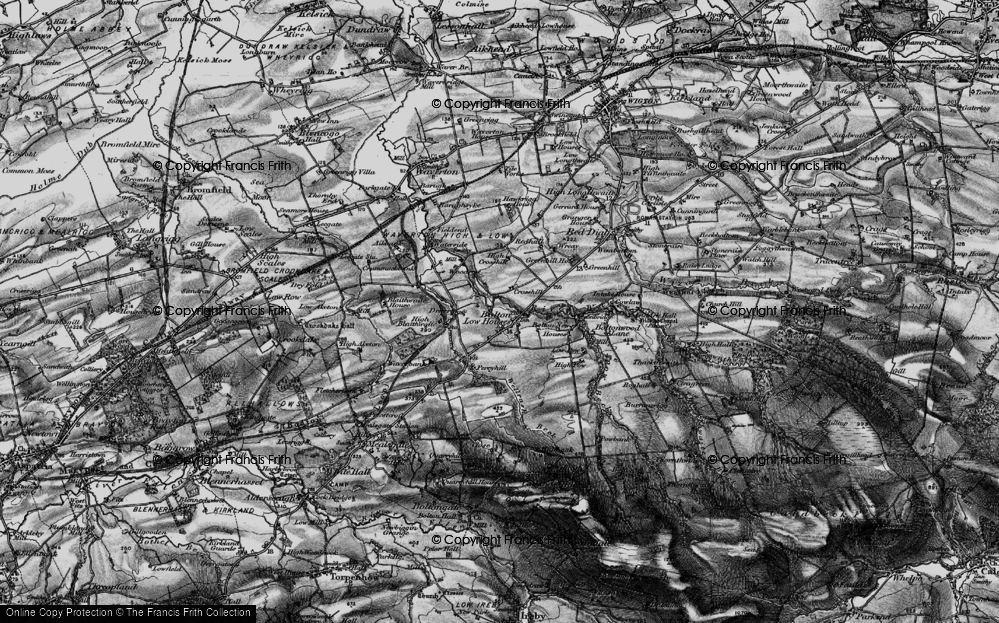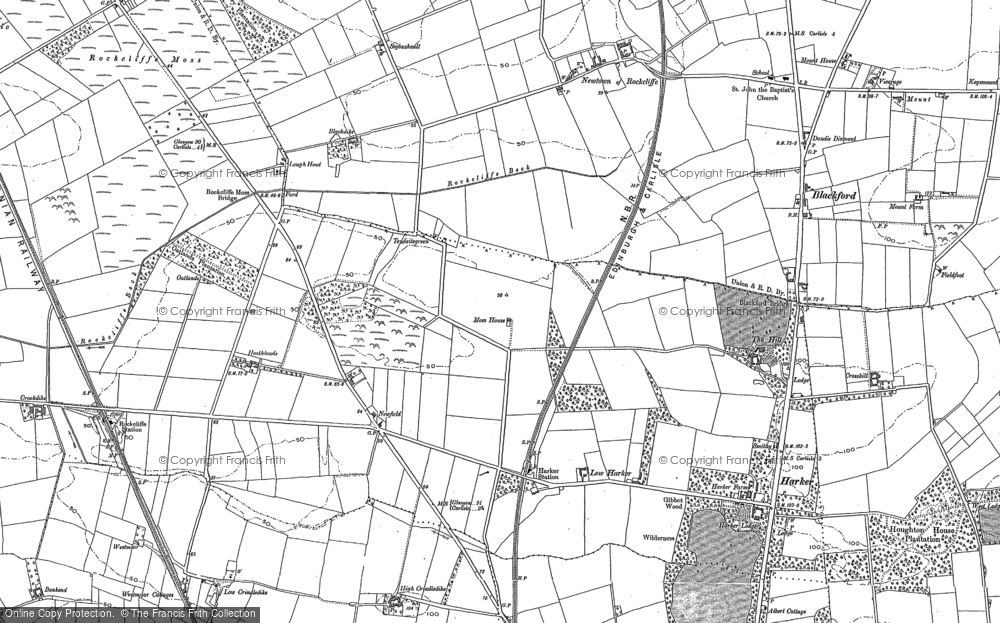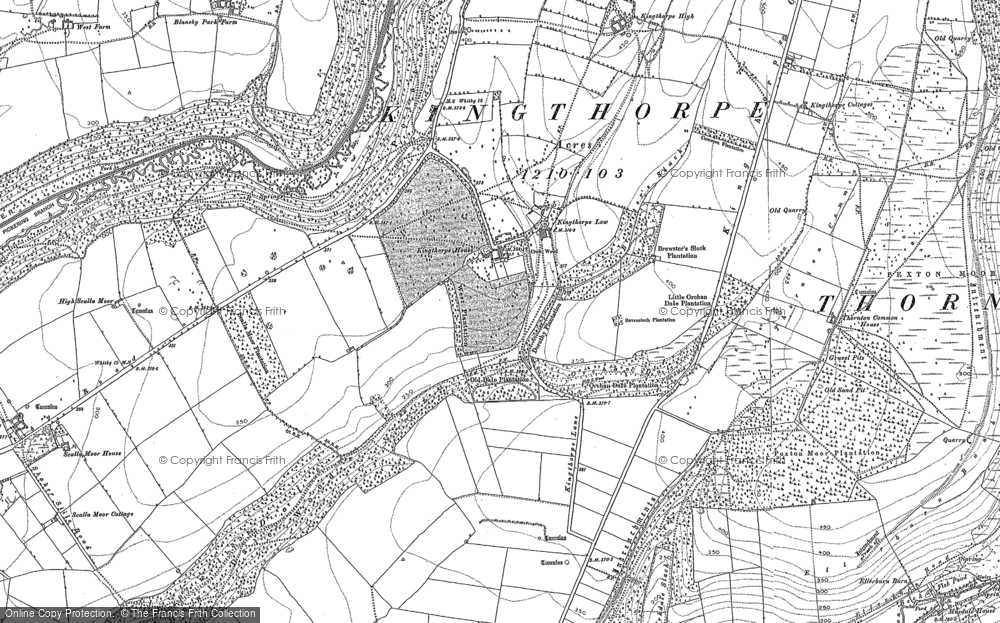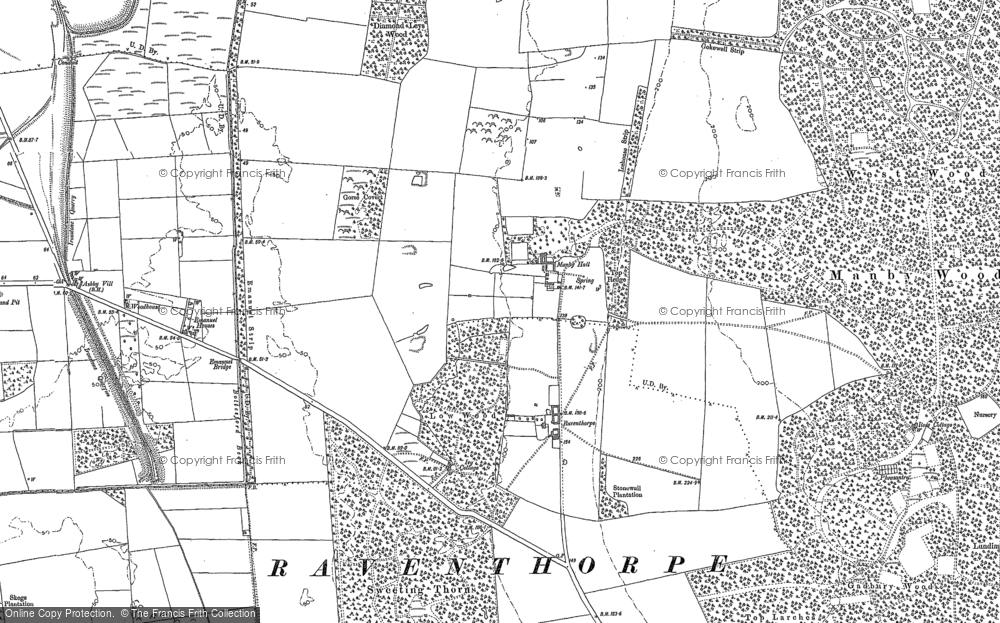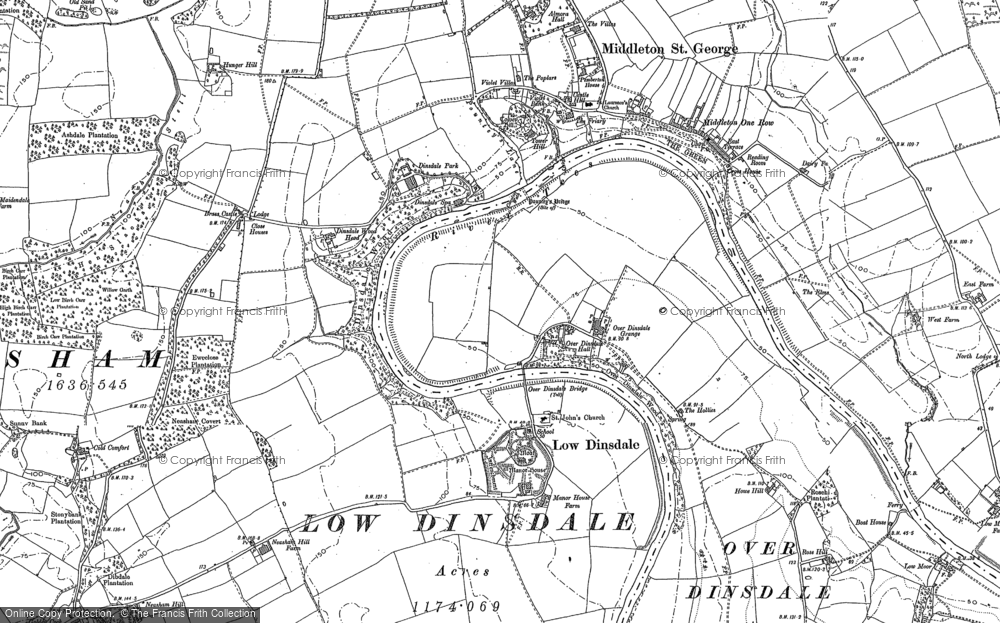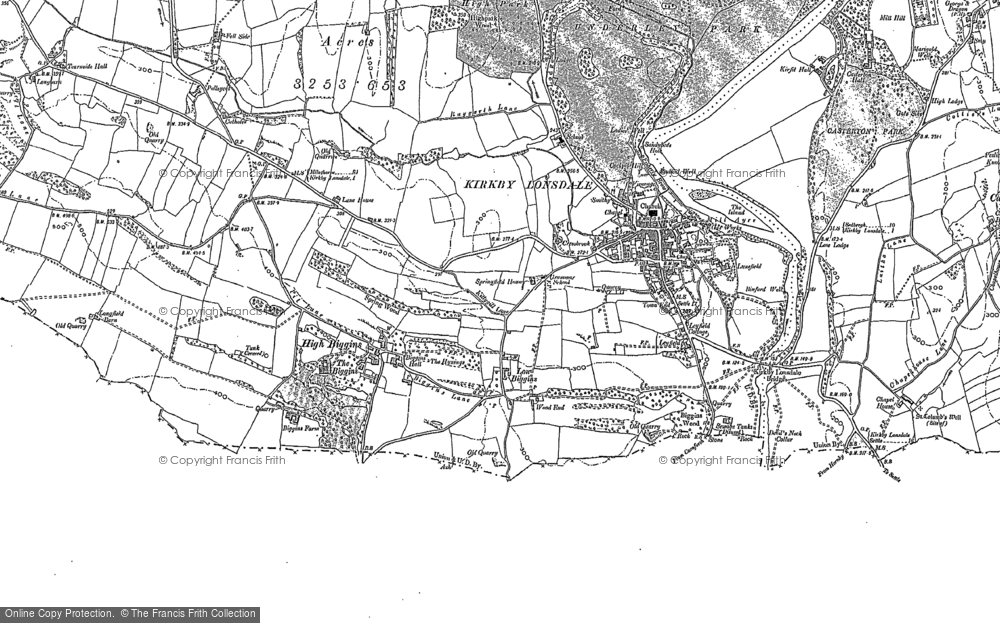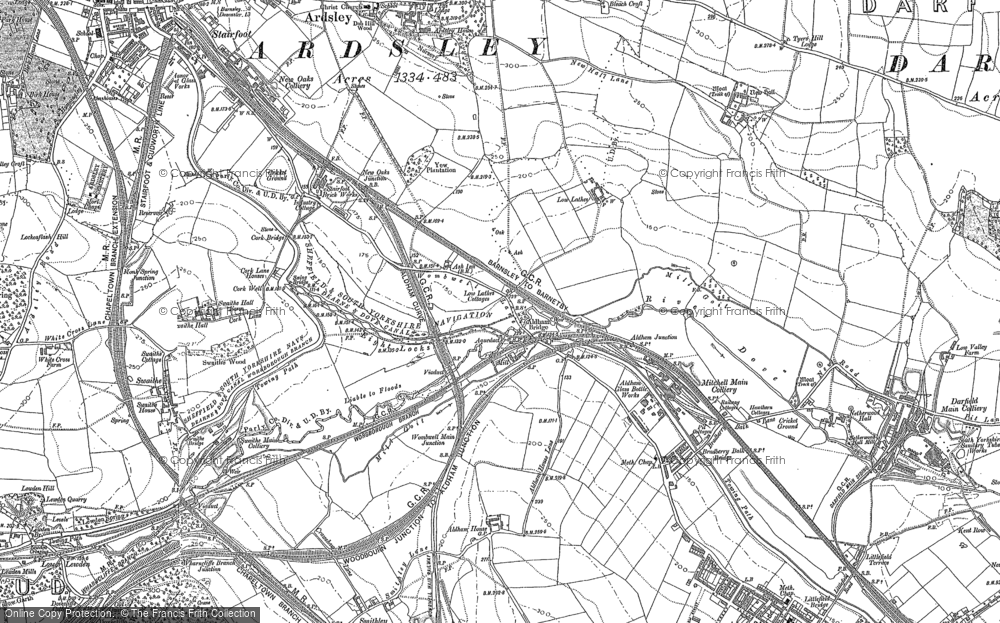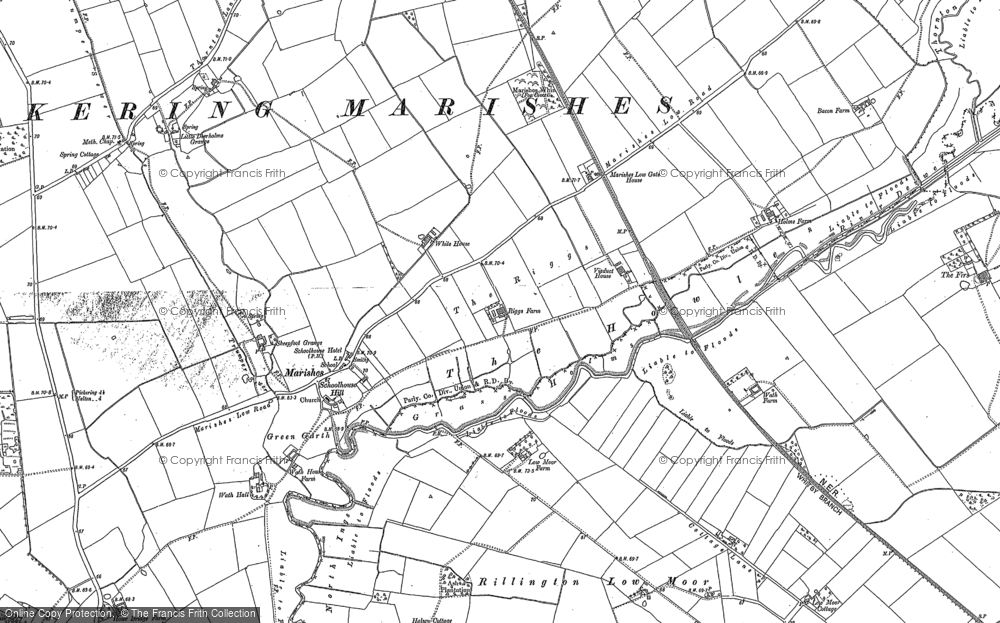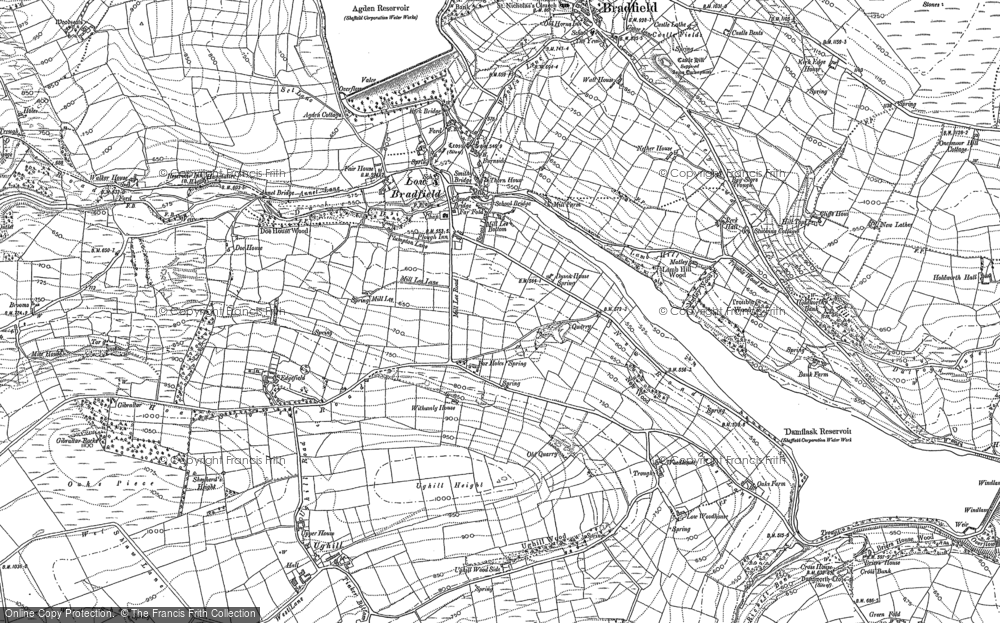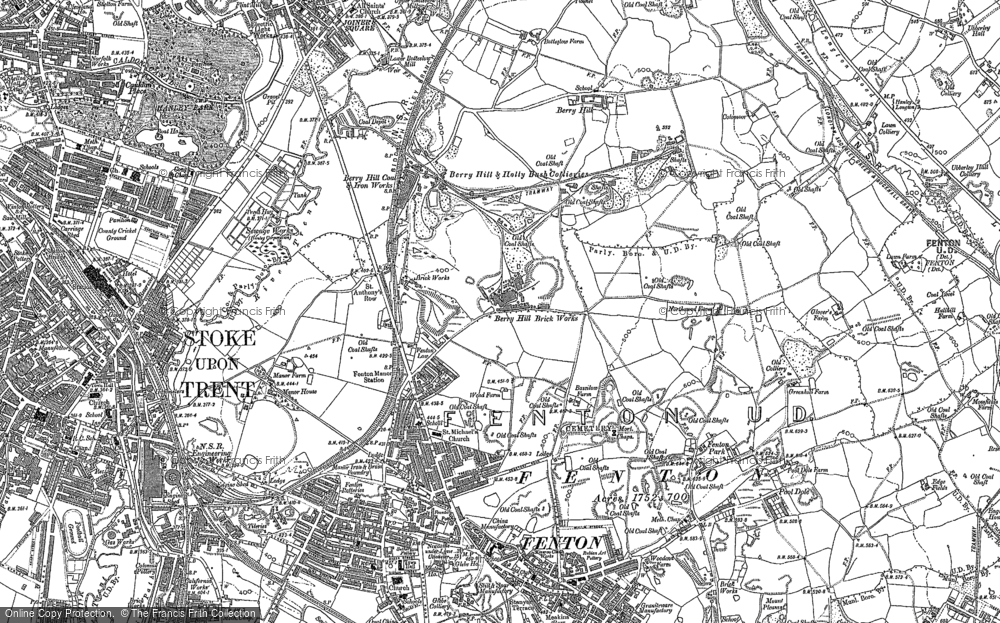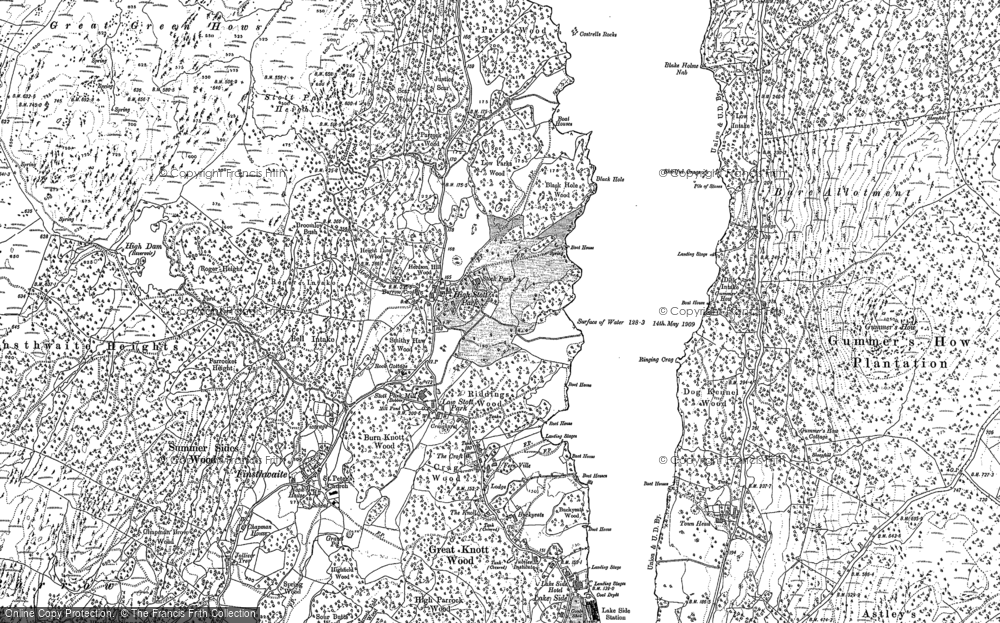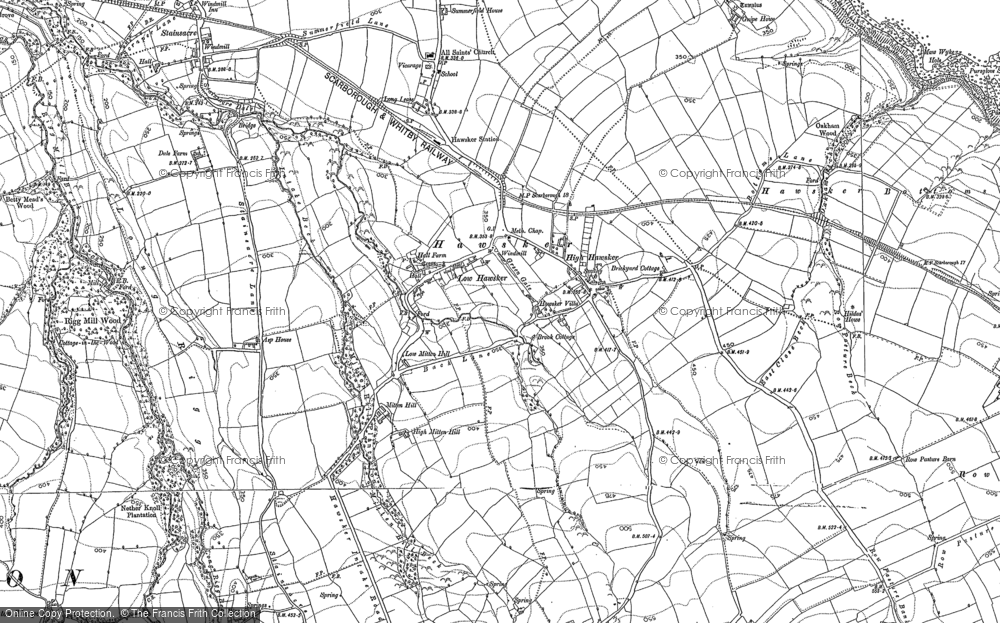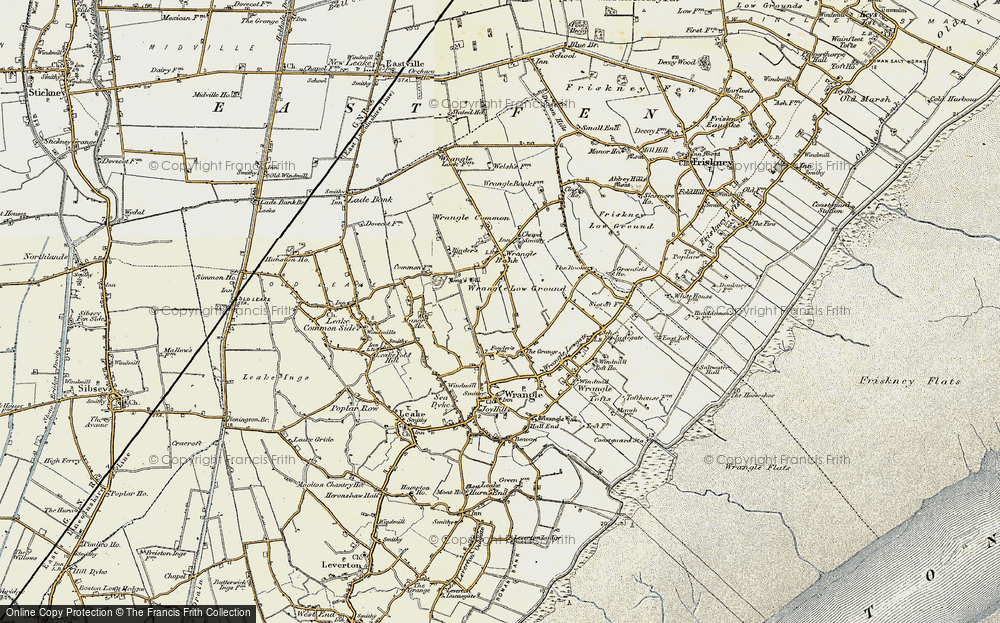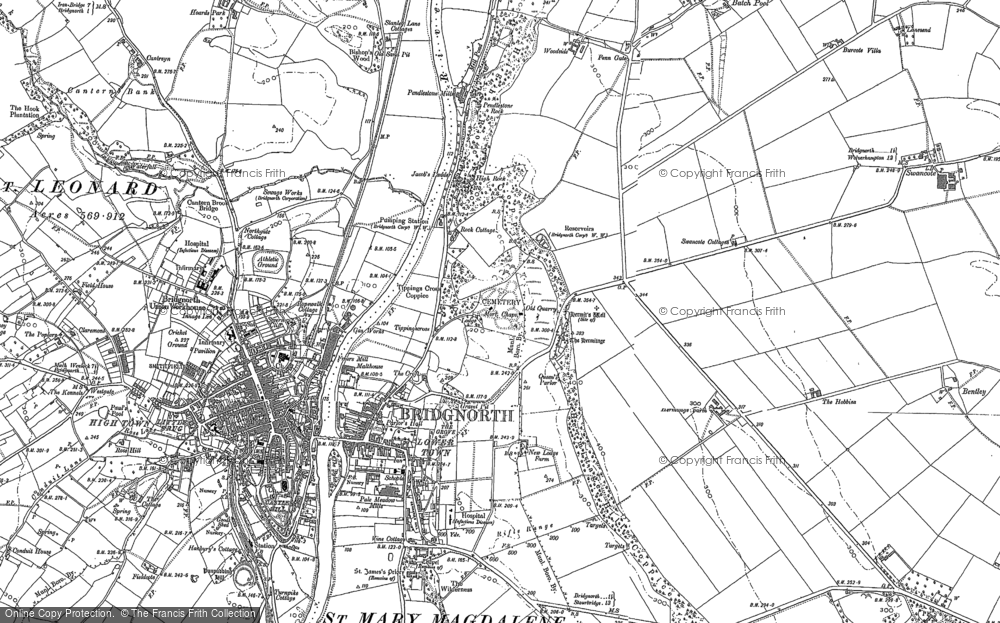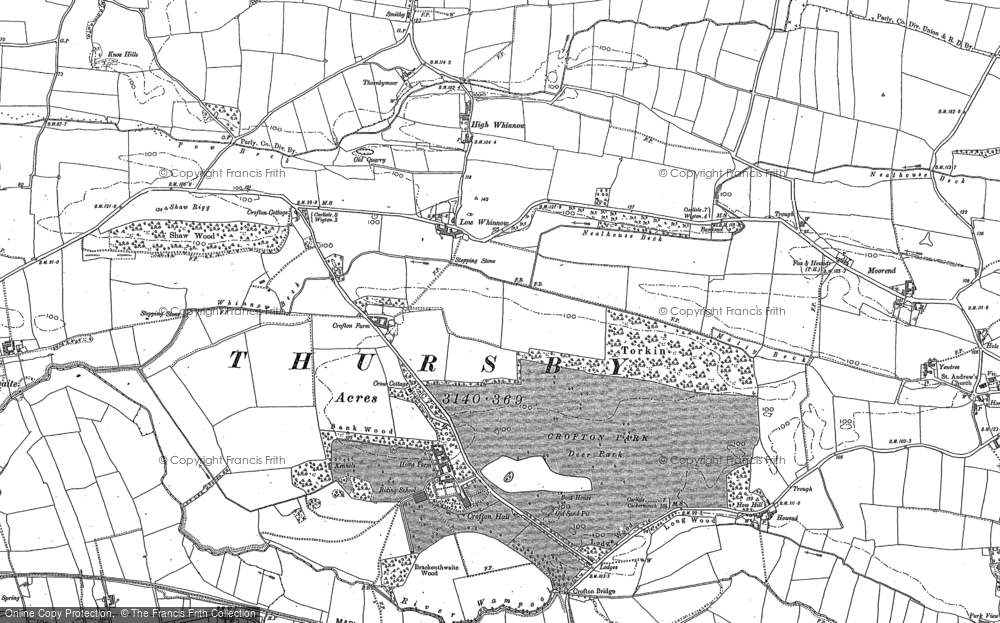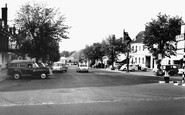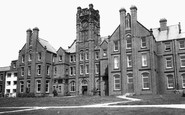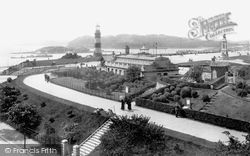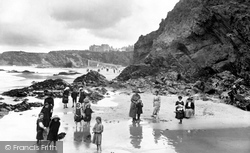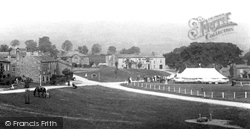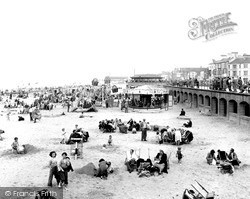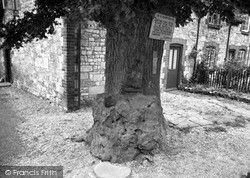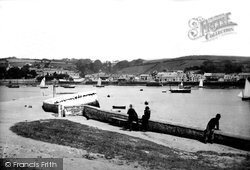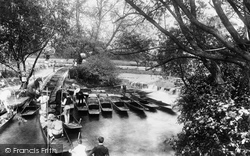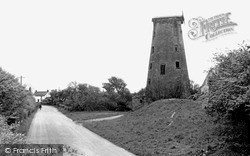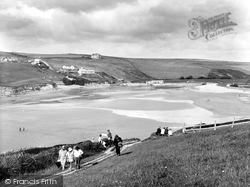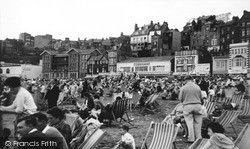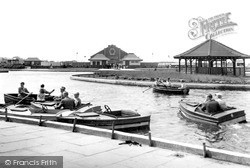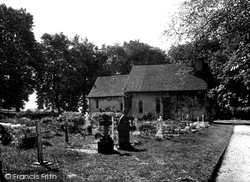Merry Christmas & Happy New Year!
Christmas Deliveries: If you placed an order on or before midday on Friday 19th December for Christmas delivery it was despatched before the Royal Mail or Parcel Force deadline and therefore should be received in time for Christmas. Orders placed after midday on Friday 19th December will be delivered in the New Year.
Please Note: Our offices and factory are now closed until Monday 5th January when we will be pleased to deal with any queries that have arisen during the holiday period.
During the holiday our Gift Cards may still be ordered for any last minute orders and will be sent automatically by email direct to your recipient - see here: Gift Cards
Places
36 places found.
Those places high-lighted have photos. All locations may have maps, books and memories.
- Low Row, Yorkshire
- Low Bentham, Yorkshire
- Low Hutton, Yorkshire (near Malton)
- Low Fell, Tyne and Wear
- Low Dalby, Yorkshire
- Lowe, Shropshire
- Fenton Low, Staffordshire
- Low Angerton, Northumberland
- Low Barugh, Yorkshire
- Low Bradley, Yorkshire
- Low Ellington, Yorkshire
- Low Fulney, Lincolnshire
- Low Gate, Northumberland
- Low Laithe, Yorkshire
- Low Leighton, Derbyshire
- Low Marnham, Nottinghamshire
- Low Snaygill, Yorkshire
- Low Street, Essex
- Low Town, Shropshire
- Low Valleyfield, Fife
- Low Barlings, Lincolnshire
- Low Bradfield, Yorkshire
- Low Burnham, Humberside
- Low Grantley, Yorkshire
- Low Hauxley, Northumberland
- Low Hawsker, Yorkshire
- Low Hesket, Cumbria
- Low Whita, Yorkshire
- Lowes Barn, Durham
- Cauldon Lowe, Staffordshire
- Low Borrowbridge, Cumbria
- Low Bridge, Wiltshire
- Low Coniscliffe, Durham
- Low Crosby, Cumbria
- Low Grounds, Yorkshire
- Low Torry, Fife
Photos
267 photos found. Showing results 361 to 267.
Maps
509 maps found.
Books
Sorry, no books were found that related to your search.
Memories
637 memories found. Showing results 181 to 190.
Angmering On Sea Beach Huts
I first went to Angmering after the war. My grandparents lived there and we used to spend time there in the summer. In those days there were no such things as beach furniture or pic-nic equipment. We had an ex army camp ...Read more
A memory of Angmering in 1950
Searching For Members Of The Knowles Family
Calling Roger Knowles I am searching for family rather than having a memory. My mother was born Marjorie Knowles in 1903, sixth child of Christopher William and Hannah Law of Burton. Her grandfather ...Read more
A memory of High Bentham by
Police Houses
I used to live with my aunt and uncle at 10 the Crescent from 1948 to 1954. It was a fantastic life there with woods to play in, and streams to divert. An absolute paradise. As young children we could play all day in the woods in ...Read more
A memory of Hindlip in 1948 by
Benholm Bothy
Responding to Judi Parry's memory of visiting Johnshaven and her mother's surname of Low, I hae a single census record (1901) of my great uncle David Low at the age of 19 being a blacksmith apprentice at the blacksmith's bothy, ...Read more
A memory of Johnshaven in 1900 by
The Sycamores
My grandfather, Gerard Murgatroyd, was born in a house in Knutsford called "The Sycamores" in 1879. I live in Montreal and my father died in 1949 when I was two. My grandfather died before my parents met and there was no love lost ...Read more
A memory of Knutsford in 1989 by
That Morris Minor Traveller Has To Be Our Dad's Car!
My family lived at No 3 (the top flat), Corner House, at the top end of Broad Street, first on the left looking at the photo (but just out of the picture) for many years from 1947 or so. I ...Read more
A memory of New Alresford in 1947 by
Kelvin Grove School
I would have taken the 11+ at Kelvin Grove. I remember the laundry behind the school blowing up. I went there from 1952 to 1958 and lived in Forest Hill. Teachers I remember are: Ms Doubleday (very strict - nobody liked her!), ...Read more
A memory of Sydenham in 1958 by
Henson Ancestry
An ancester of mine, Edith Rebecca Henson, lived in Worlaby in the late 1800s/early 1900s in Low Road or Top Road, Worlaby. She lived with the Rusling family as a niece. She married Richard Frank Henson in 1905. They ...Read more
A memory of Worlaby in 1890
Long Term Hospital Stay
I seem to recall a long term stay at this hospital (approx 11 months) in 1976-77. I suffered from asthma but I am not sure why I had to stay for that period of time. I was also on the Florence Gibson Ward and remember a boat ...Read more
A memory of Heswall in 1977 by
An Under Housemaid At Williamscot House
When my Great Aunt Phyllis Ivy Jarrett left school at the age of 13 (about 1918), she joined the domestic staff at Williamscot House, where she was an 'under-housemaid'. Phyllis used to send photos home to ...Read more
A memory of Williamscot in 1920
Captions
477 captions found. Showing results 433 to 456.
The exposed position of the bandstand meant that it had to have a revolving glass screen to prevent the performers' music blowing away!
A lower view of the High Street. The covered walks, created by overhanging stories, were the location of two historic parts of the market area.
After the 1930s the next blow to the Woollen District came in the 1960s with the import of cheap Italian heavy-woollen skirtings and coatings.
After the 1930s the next blow to the Woollen District came in the 1960s with the import of cheap Italian heavy-woollen skirtings and coatings.
The rocky cliff faces are scored and pitted by wind and waves, causing sizeable blowing holes and fissures.
An annual custom associated with this tradition is the blowing of a forest horn every night from the end of September to Shrovetide.
One drawback is the wind, which can spoil a picnic and blow beach balls out of sight.
An annual custom associated with this tradition is the blowing of a forest horn every night from the end of September to Shrovetide.
Notice how few of the people shown are in swimming costumes - perhaps there was a chill wind blowing off the sea?
This awesome cleft's name derives from Old English words meaning 'wind gates' - a reference to the howling winds which blow down this limestone ravine, which was created under a tropical sea 350 million
After the 1930s the next blow to the Woollen District came in the 1960s with the import of cheap Italian heavy-woollen skirtings and coatings.
It reads: 'There's not a tint that paints the rose Or decks the lily fair Or streaks the humblest flower that blows But God has placed it there.'
Legend has it that King Alfred used the blowing stone to call his troops into battle. A mighty puff into the uppermost hole is said to produce a loud foghorn-type sound.
The calm waters are a significant feature of the shelter here, even when storm force winds are blowing outside in the bay.
Sited to take full advantage of the winds blowing off the Irish Sea, it was built as a corn mill in about 1805.
'Stow-on-the-Wold, where the wind blows cold…' runs the ancient rhyme. The highest town in the Cotswolds can certainly be windswept, particularly in the winter.
The Rollers enabled punts to be moved from a lower part of the river to a higher part. Beside this stretch there was a nude bathing place for men called Parson's Pleasure.
The Fylde plain once had many such mills, benefiting from the strong prevailing winds blowing unchecked off the Irish Sea.
The Irish Sea can be as flat as a mill pond, but when an easterly, south-easterly or north-easterly gale blows up, this is what happens at Douglas.
Porth Island squats in the sea opposite, and there among the pinks is a blowing hole that discharges a cloud of spray of such size and force that it can be seen from Newquay.
The degree of cloth- ing being worn would indicate that the chill easterly breeze that often affects this coast is blowing.
The Market Place at Ripon is still the scene of the daily 'Setting the Watch' ceremony, when the city Wakeman blows his ancient horn at 9pm to announce that the city is now in his care.
The Coatham Enclosure was created from an area of sand dunes, and a retaining wall - the New Promenade - was built to protect the area from the blowing sand. This boating lake opened in 1930.
It is only 60ft long, and consists of a nave and a lower chancel. There is no tower, just a small bell turret which was added around 1500.
Places (90)
Photos (267)
Memories (637)
Books (0)
Maps (509)




